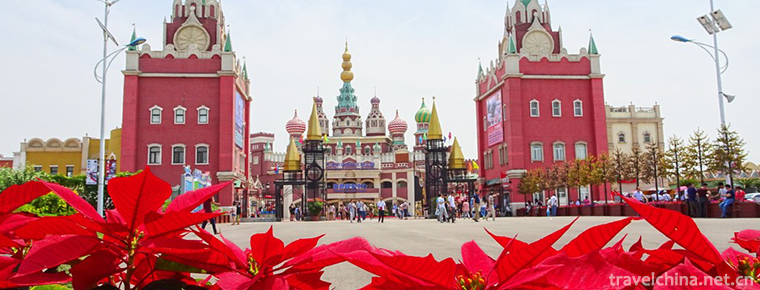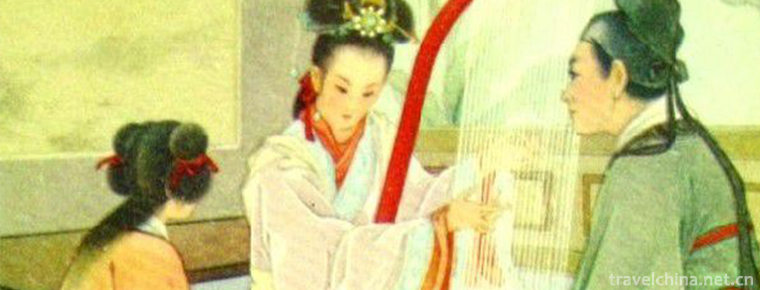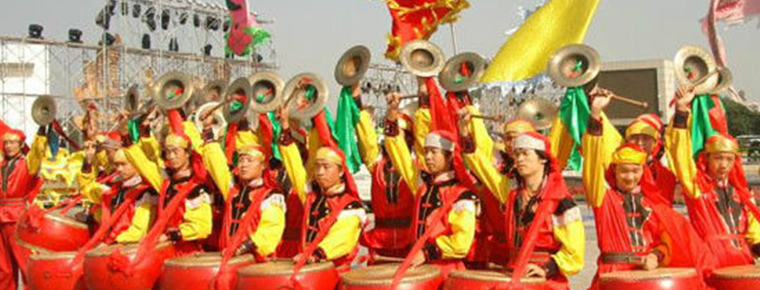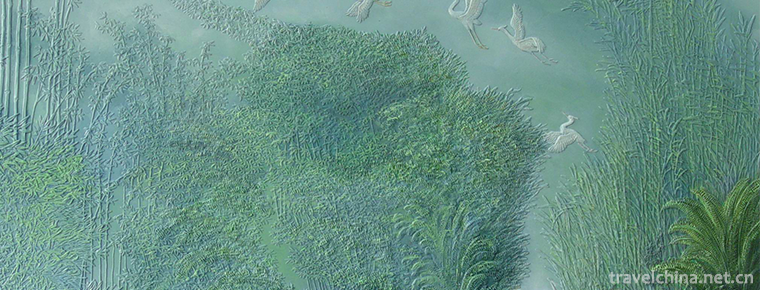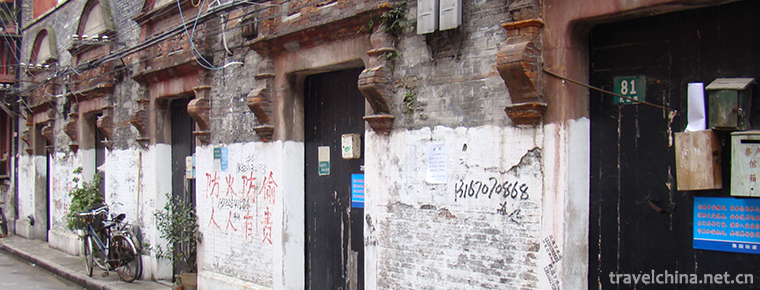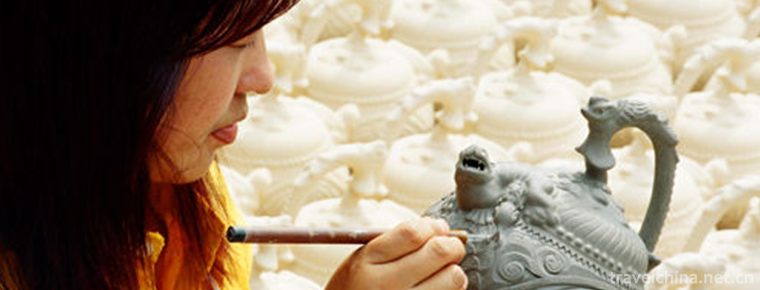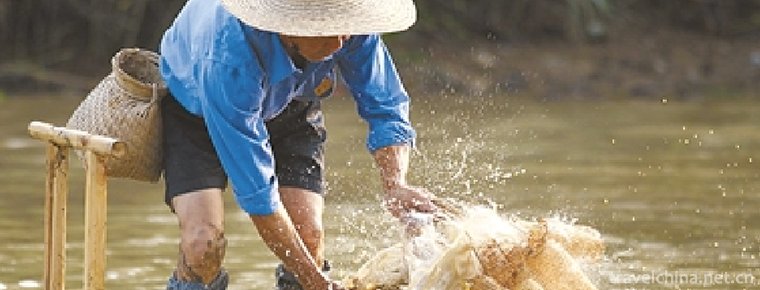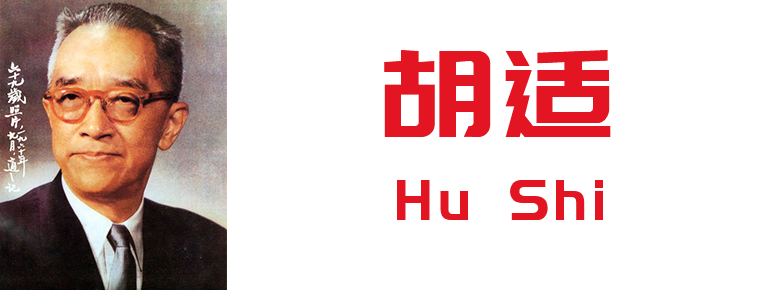Dujiangyan
Dujiangyan is a world cultural heritage (in 2000 UNESCO included in the "World Cultural Heritage" list), the world natural heritage (Sichuan Giant Panda Habitat), national key cultural relics protection units, National Scenic spots, national AAAAA-class tourist attractions.
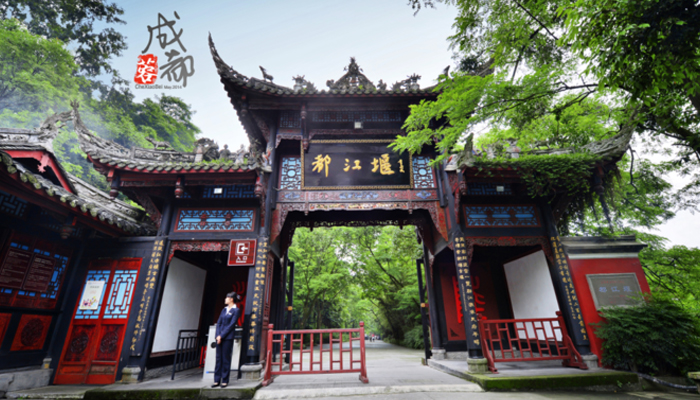
Dujiangyan is located in the west of Dujiangyan City, Chengdu City, Sichuan Province. It is located on the Minjiang River in the west of Chengdu Plain. It was built in the late years of Qin Zhaowang (about 256-251 B.C.). It is a large-scale water conservancy project organized by the father and son of Taishou Li Bing in Shu County on the basis of Bieling excavation by predecessors. The Chengdu Plain has been playing an important role in flood control and irrigation for more than 2000 years. It has become a "land of heaven" where floods and droughts come from thousands of miles of fertile land. Up to now, the irrigation area has reached more than 30 counties and cities with an area of nearly ten million mu. It is the oldest, the only great water left in the world, still in use and characterized by no dam diversion. Li engineering embodies the crystallization of diligence, courage and wisdom of the working people in ancient China.
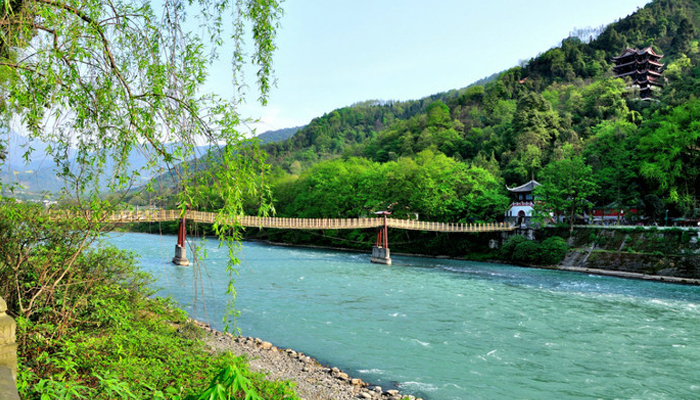
Dujiangyan scenic spots mainly include Fulongguan, Erwang Temple, Anlan Suoqiao, Yuleiguan, Lidui Park, Yuleishan Park, Yunufeng, Lingyan Temple, Puzhao Temple, Cuiyue Lake, Dujiangyan Water Conservancy Project and so on.
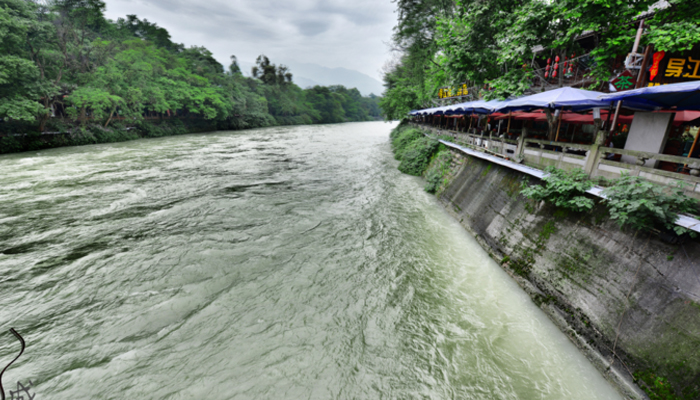
On August 13, 2018, the International Irrigation and Drainage Commission held in Saskatoon, Canada, at the 69th International Executive Council, the plenary session of the Council announced the World Irrigation Heritage List of 2018 (the fifth batch). Among them, China's Dujiangyan and other 4 projects have all been declared successful.
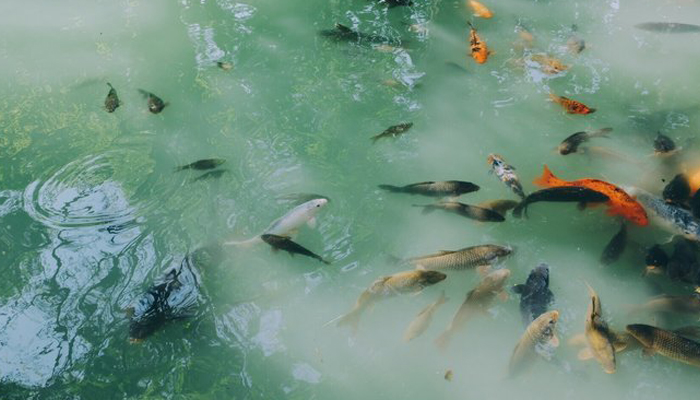
Dujiangyan
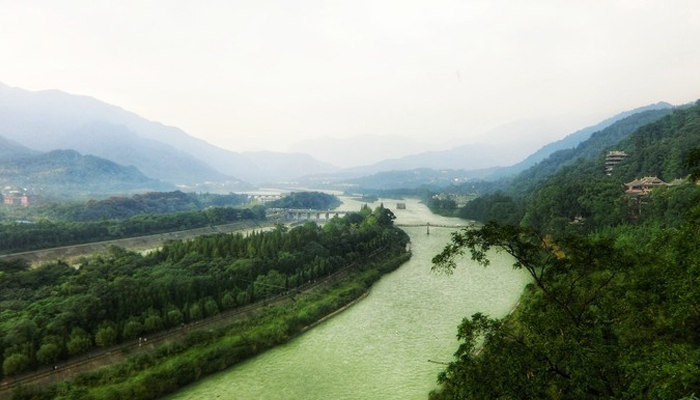
Dujiangyan
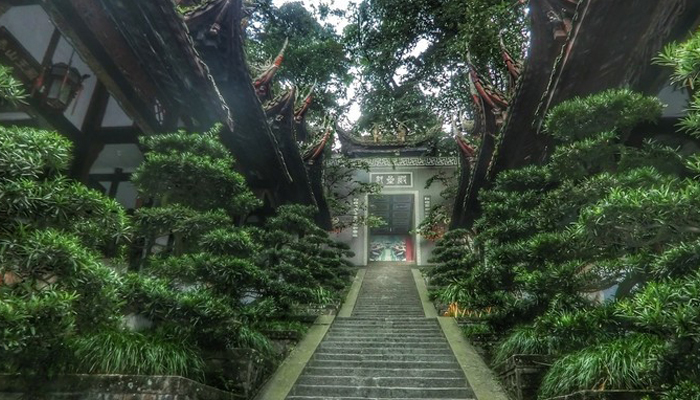
Dujiangyan

Dujiangyan
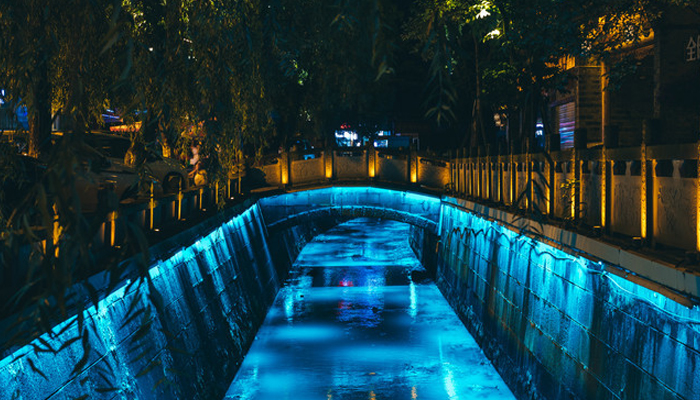
Dujiangyan
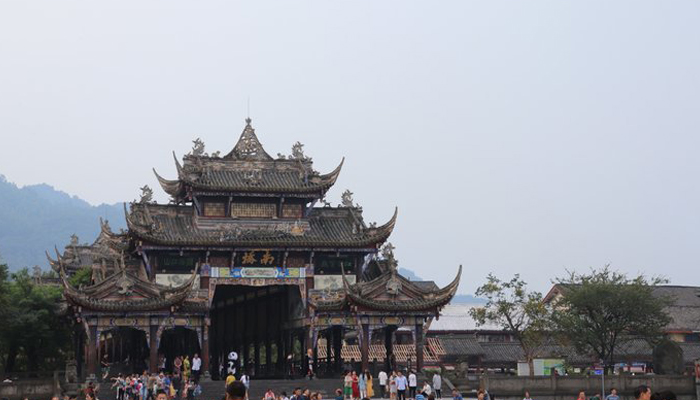
Dujiangyan
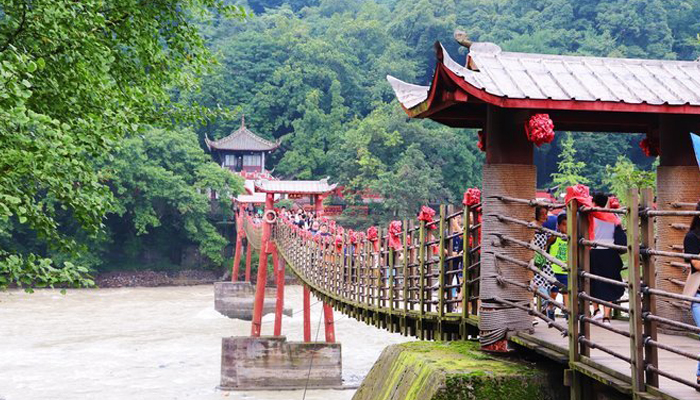
Dujiangyan
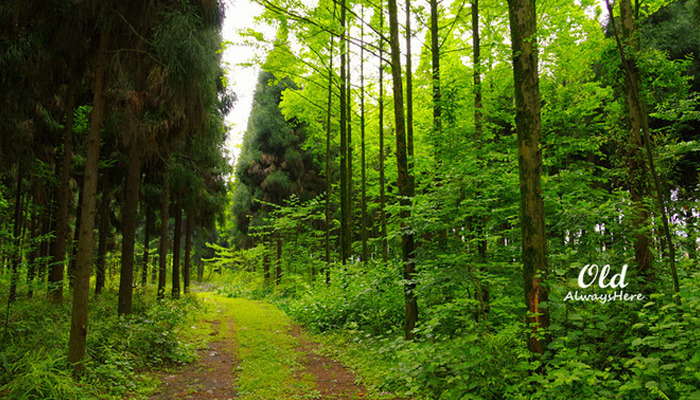
Dujiangyan
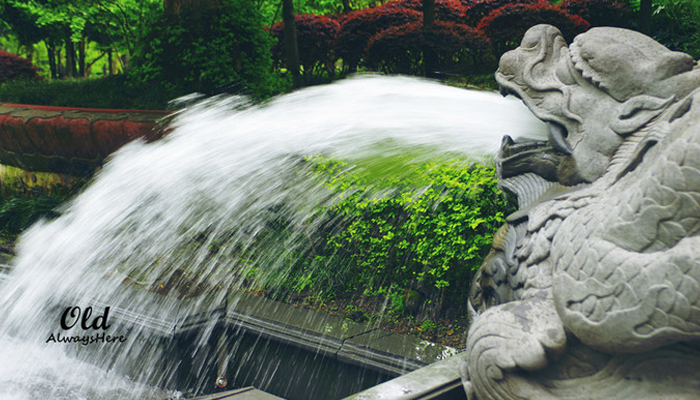
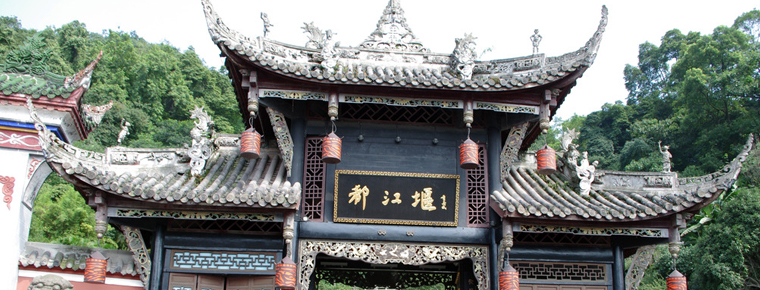
Dujiangyan
-
Tianjin Binhai Carrier Theme Park
Tianjin Binhai Aircraft Carrier Theme Park (hereinafter referred to as "Binhai Aircraft Carrier") is located in Hangu Bagua Beach, Binhai New Area, Tianjin City
Views: 215 Time 2019-02-21 -
Legend of Peacock Flying Southeast
Peacock Flying Southeast is the earliest long narrative poem in the history of ancient Chinese literature, and also the best folk narrative poem in ancient China. Ancient Chinese folklore stories
Views: 316 Time 2019-05-10 -
Gong and Drum Art
Gong and drum art can be roughly divided into Yunsheng Gong and drum, Zhongzhou big drum, Ezhou brand gong, Xiaohe Gong and drum, Hanggu flying gong, Changshan battle drum, Taiyuan Gong and drum, Liji
Views: 382 Time 2019-05-15 -
Ou sculpture
Ou sculpture, commonly known as color oil-pickle sculpture, also known as "color relief", is a unique folk art in Wenzhou, Zhejiang Province, one of the local traditional arts and crafts. It
Views: 189 Time 2019-06-08 -
Architectural Construction Skills of Shikumen Lane
Shikumen is a new type of architecture which combines the characteristics of western culture and traditional Chinese dwellings. Shanghai Shikumen Lane Residence originated in Tongzhi Period of Qing Dy
Views: 167 Time 2019-06-15 -
Firing Techniques of Yaozhou Kiln Ceramics
Yaozhou kiln is a treasure of Chinese traditional ceramic technology. It was created in the Tang Dynasty and matured in the Five Dynasties. It reached its peak in the Song Dynasty and declined gradual
Views: 189 Time 2019-07-11 -
Custom of mud fish
The custom of filling mud fish is a local traditional handicraft with a long history in Guangdong Province. It combines traditional handicraft weaving and fishing skills. However, even in Doumen, the
Views: 141 Time 2019-08-10 -
Hu Shi
Hu Shi (December 17, 1891 - February 24, 1962), who used the name "Xi Jiang", learned the name of Hong Kong, and later changed his name to the right word. A thinker, a writer, a philosopher.
Views: 184 Time 2019-09-07 -
The social background of Cheongsam
Many scholars and media at that time believed that it was an important reason that women imitated men to wear long gowns in order to seek independence of mind and emancipation of women's rights in the early Republic of China.
Views: 334 Time 2020-12-11 -
Cheongsam goes to the world
The Organizing Committee of the 2010 Shanghai World Expo has customized 60 sets of tapestry cheongsam as gifts from the Chinese government to the wives of heads of state, each worth 100000 yuan.
Views: 352 Time 2020-12-11 -
Administrative division of Luzhou
In 1949, the southern Sichuan District Committee of the CPC was established in Zigong. In January 1950, the southern Sichuan district was transferred to Luxian County, and the people's Administrative Office of South Sichuan was set up (provincial level, abolished in August 1952)
Views: 181 Time 2020-12-14

